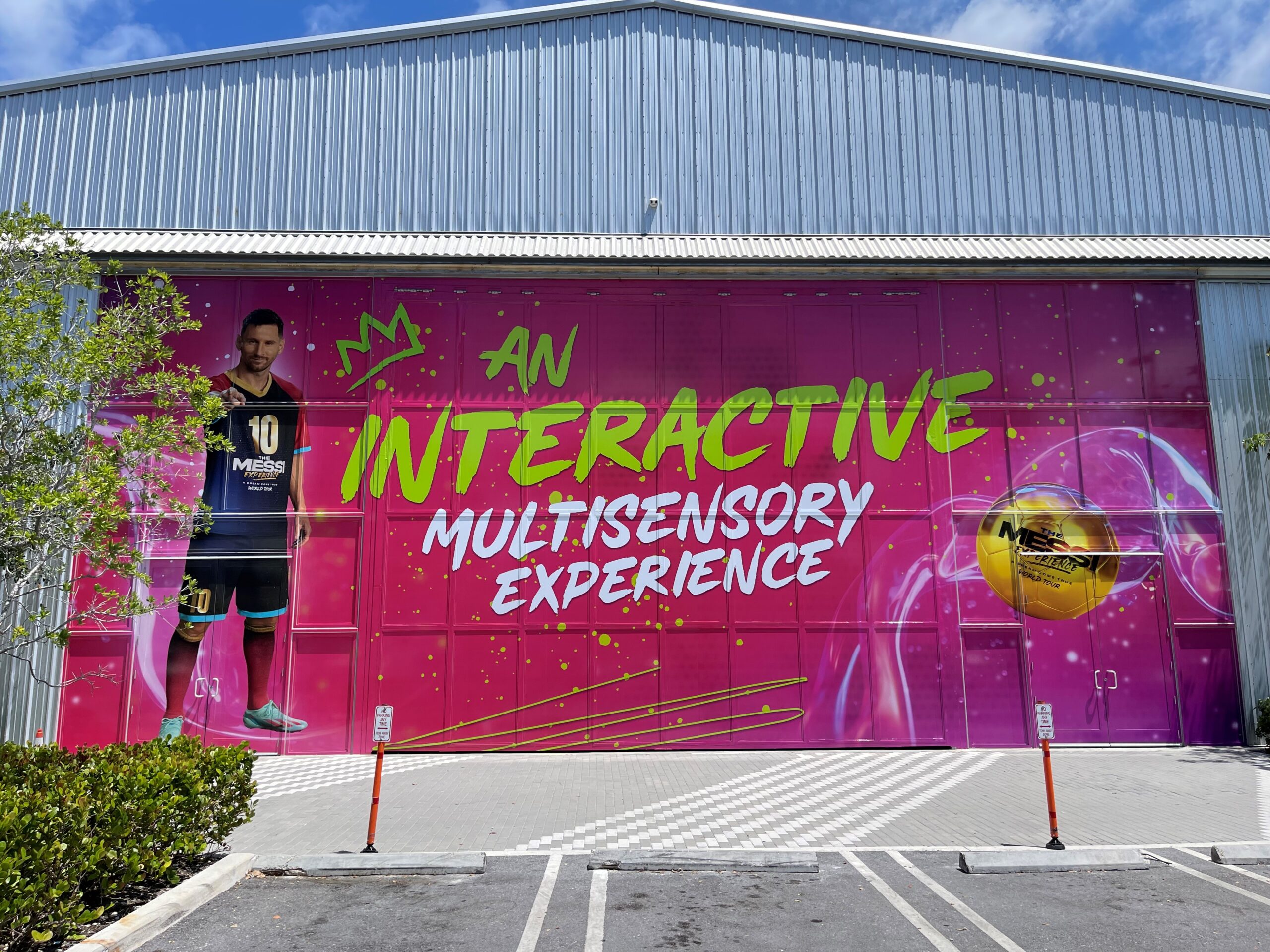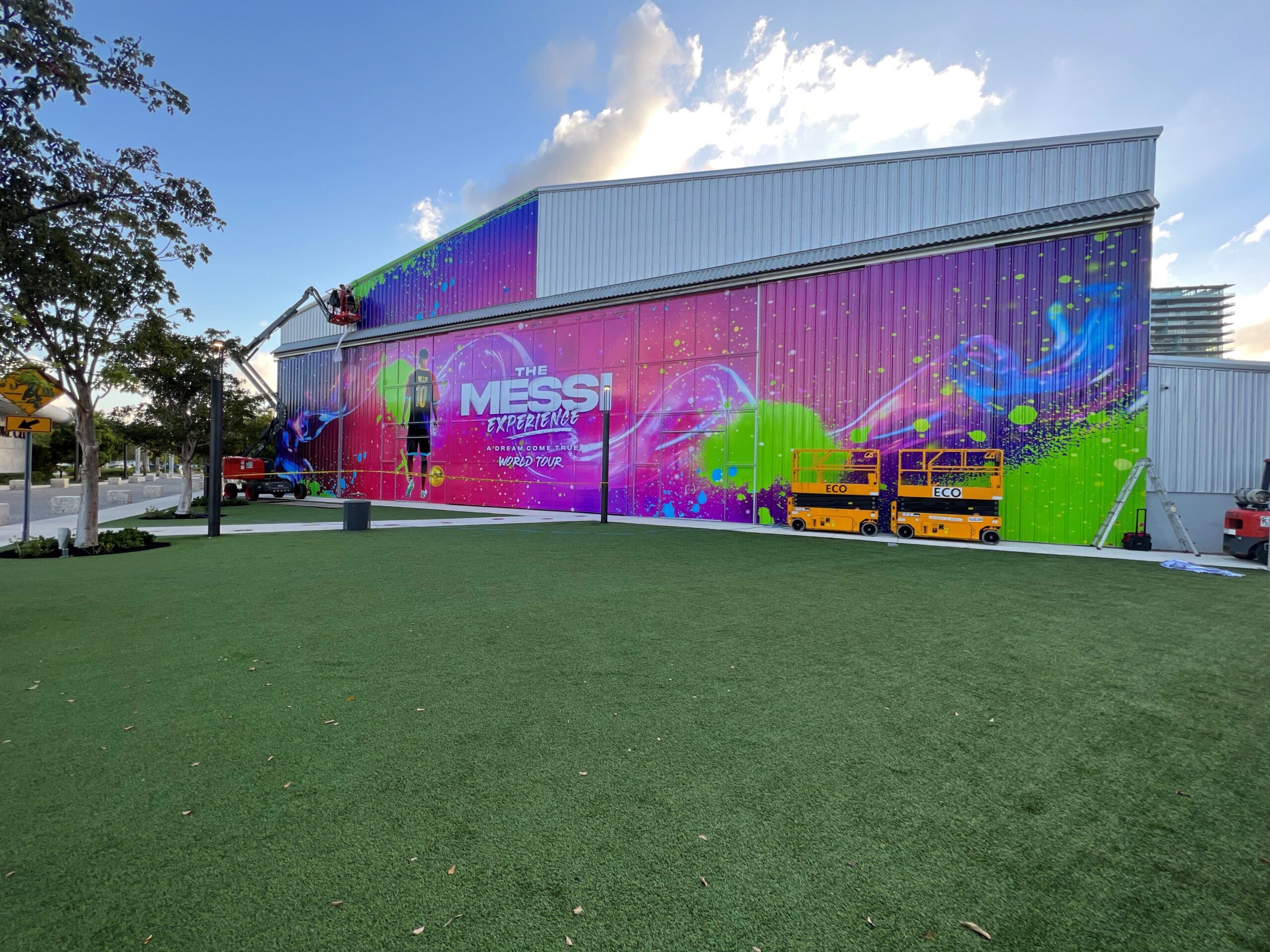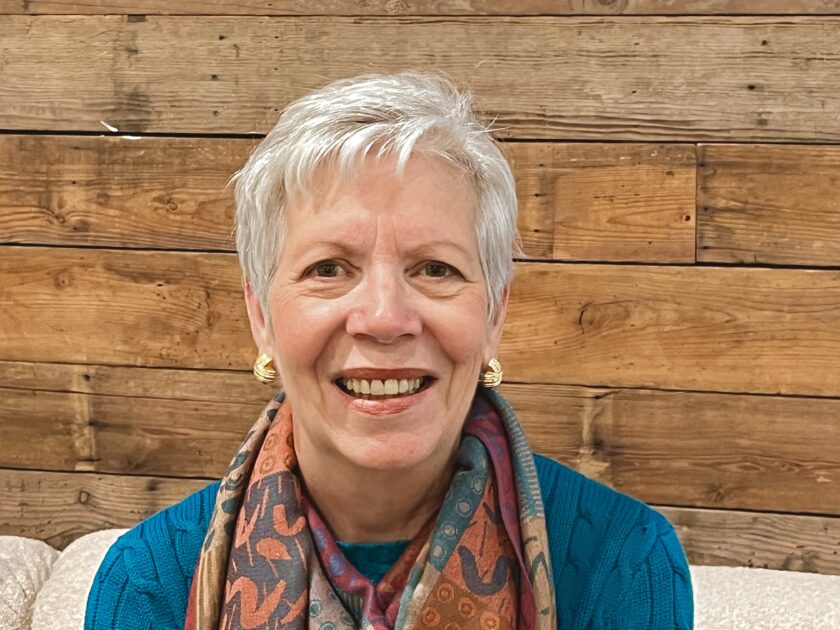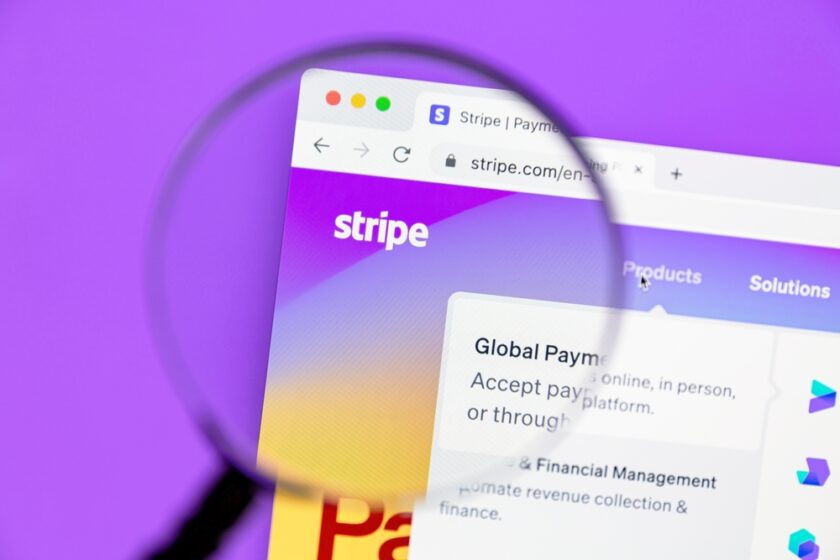In the 1940s, Miami, Florida, earned the nickname “The Magic City” for good reason. The moniker refers to the rapid growth it saw year after year during that time. Binick Imaging, which operates out of Miami, has a little growth magic of its own.
A larger-format printing company, it offers it all: from design and print to installation. It’s found growth through sustainability and taking on challenging and unique projects. Its clients run the gamut from Fortune 500 companies to small businesses, serving various markets from retail and education to events like concerts, festivals, and temporary activations.
With no shortage of markets in the city Binick Imaging CEO and Co-Founder Nick Castillo says there’s a need for printed graphics everywhere, as Miami has become a hybrid between Las Vegas and New York.
Although it’s a wide-format printing powerhouse today, Binick Imaging started out as a small garage shop in 2013. Castillo’s time in the industry first started with his father’s real estate signage business, which he took over in 2004. He then used that knowledge to start Binick Imaging. In the early days, Castillo had a single 30″ Graphtec plotter to create one- and two-color aluminum real estate signs. He quickly realized digital printing was the natural next step if he wanted his business to grow.
“I did [plotter signs] for about one to two years, but I saw another company digitally printing the signs,” he recalls. “I looked into that process, did some research, and saw it was more profitable and efficient than what I was currently offering. At that point, I realized that was a more profitable path and pursued wide-format printing.”
A Fearless Mindset
Binick Imaging’s first investment into the wide-format world was a Roland VersaCAMM VP-300 30″ Eco-Solvent Inkjet Printer/Cutter coupled with a Daige laminator. Back then, Castillo ran the equipment out of his home kitchen — the counter serving as a table to mount his prints, and the floor being used for producing banners.
Despite it being a home operation, he says it had its perks: “It was a pretty impressive setup because I had my lunch literally one step away from the production table.”
Although the setup worked, he had a hunger for more. With a fearless mindset, he was determined to scale the business and make his way to the top, whether it took five, 10, or 20 years.
“I had so much passion and work ethic that I never believed in giving up,” he says. “I knew I would get there eventually, and everything started falling into place over the years. Looking at the bigger companies was always inspirational to me; it never made me doubt myself or believe that it was never achievable.”
Around 2003-2005, he was introduced to vehicle wrapping at a Sign Supply USA open house, and his eyes were opened yet again.
“I was so impressed with the vehicle wrap process that I asked the installer/owner how much something like that cost and he replied about $3,500,” Castillo remembers. “When I saw how much they charged for the larger prints, I realized I needed to look into providing larger format printing. I changed my business plan at that point and got heavily into car wraps. It worked out much better than selling 18×24″ double-sided, full-color aluminum signs for $30 each.”
With his ambitions at an all-time high, he dedicated the next several years to research and market analysis. For 10 years, he contracted out the jobs he couldn’t take on, partnering with local print shops who had the equipment and capabilities he couldn’t afford.
“Everything from inks, substrates, vinyl, and different types of banners — over the next five to seven years I got really involved in the commercial car wrap industry,” he shares. “I wrapped cars, buses, and the biggest profit generator of that industry — fleets. That is when I met my wife — and now my business partner — Bianca. She saw my vision and expanded it with offerings to different markets, not just car wraps.”
During this time, Castillo attended supplier open houses and PRINTING United Expo (SGIA at the time), built relationships with larger print companies, and dove into online forums to interact with other print businesses. Armed and ready with the know-how, he and Bianca expanded the business, growing profit revenues in new markets. One arena, which he says kept the business alive during COVID-19, was Bianca’s B2C Etsy store.
“Many companies closed during this time, but surviving this was the reason our company really grew,” he says. “We executed a plan to scale the business with more equipment and employees that ultimately grew our company from three employees to 10.”
They purchased an HP Latex 3600 126″ printer, and an HP Latex 700W 64″ printer, an HP Latex R2000 98″ printer, and an HP Stitch S1000 126″ dye-sublimation printer. The additions increased Binick’s business from six to seven figures. To accommodate rush jobs, they purchased a flatbed Summa F3232 126″ router/cutter, which cut down on labor.
Being a UL GREENGUARD certified HP Latex print operation, Binick Imaging promises the products it produces for indoor environments emit less VOCs. Additionally, HP Latex enables the print shop to work with eco-conscious media options and consider a product’s recyclability.
Messi Madness
If you follow Binick Imaging on social media, you know it likes to take on unique, high-end projects. From event graphics for the World Poker Tour and The Messi Experience to retail and environmental graphics, its portfolio is impressive.

The Messi Experience Miami at The Hangar at Regatta Harbour in Coconut Grove offers soccer lovers an immersive look into Lionel Messi’s life. Binick Imaging’s part in the project involved printing and installing the building wrap. Castillo says it was one of the most challenging jobs Binick Imaging has completed to date. The beach location and summer installation made the large-scale project tricky.
“This was our first time wrapping a building of this magnitude in front of salt water with heat reaching 90 degrees,” he shares. “The aluminum panels of the building would reach about 105 degrees during the peak hours of the sun, so we had to work around that so the vinyl wouldn’t over stretch during install.”
While temperature was a major factor in the unique challenges of the project, Castillo says the most difficult part was creating the template for the design and installing the 45×145′ graphic. The top portion of the building featured corrugated panels and the lower section was a mix between flat and corrugated panels.

“It was mentally challenging and draining at times, but you just have to have faith in yourself at times and hope for the best, and that is what we did,” Castillo says. “The client was ecstatic about the quality of the final product. That’s the best part that I love about my job.”
The difficult, custom projects requiring careful planning draw him in. “Those [projects] keep me up at night,” he says, “and when it’s a tight deadline, that is what truly makes you a professional — learning how to utilize critical thinking in scenarios where things constantly change, while keeping your state of mind calm and collective.”
Don’t Get Left Behind
Being an innovator comes in many forms, from adopting new technologies to investing in sustainability and going all-out for business growth. Binick Imaging checks all these boxes. To get to this place of growth, Castillo is a strong proponent of keeping up with automation and technology. He says the printers who don’t embrace it will get left behind. With wide-format printing offering so many market opportunities, it can be the answer for both small and large print operations.
With that, he hopes to inspire printers to strive for more: “Never give up; the road to success is always under construction.”



